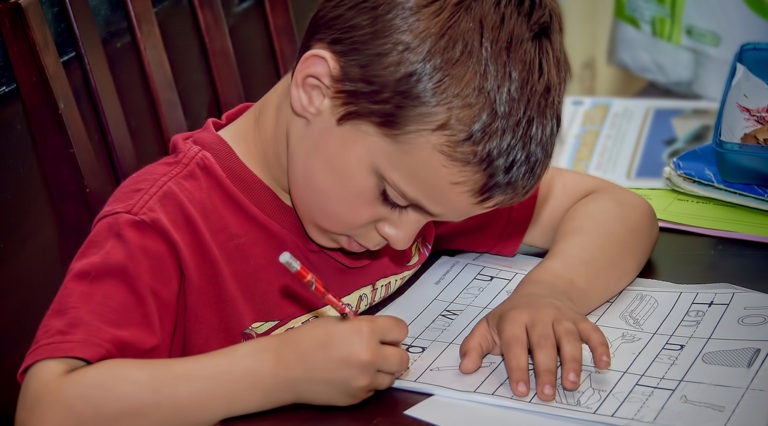Teaching Another Language
One of the questions I get asked a lot by teachers is whether they should be teaching a second language in their early childhood classroom or not. Unfortunately, there is so much pressure from parents and administrators that it becomes hard to know what to do.
There is no doubt. Children who learn a second language before puberty have an advantage. They learn the language as a native speaker and have increased cognitive abilities. Second language learning during early childhood boosts problem-solving skills, critical thinking, listening skills, memory, concentration, and overall academic achievement. With benefits like these, it may seem like a no-brainer…..why wouldn’t you introduce another language into your classroom? To answer this question, you need to answer a different question:
Are you a native or fluent speaker of the language?
If you answered yes, then you should include the language in your classroom. You can do this by reading books in the language, conducting circle time in the language, or just having conversations in the language. Of course, you can label objects in both languages during a conversation. Still, it should all be done with the give and take of conversation that happens naturally with human communication.
If you answered no, then the answer is simple. It would be best if you did not try to teach the language in your classroom. If you do, you will teach incorrect grammar, incorrect pronunciation and will be more likely to present isolated words without the meaning that generally surrounds those words. Remember…conversation is a give and take…not a quiz about specific words! When you learned your first language, you learned it through natural conversation…not from someone quizzing you about specific words. Research tells us that children learn best through the natural give and take of conversation.
Children learn language from human interaction. According to Patricia Kuhl, Not from videos or audiotapes that try to teach a language. Instead, engage children in conversation in the language(s) that you speak fluently. That’s what will help their language outcomes advance.
Frequently Asked Questions about Teaching Another Language in Your Classroom
Can I teach some sign language to children without being fluent?
- Yes. Again, the key here is to incorporate it into your everyday speech. You might find it helpful to teach young children some basic signs to help communicate their needs, but you should teach the signs in the context of the conversation, not in an isolated situation. For example, when you ask the child if he wants more milk, you might sign the words for more and milk.
What about TV programs that teach a second language? Aren’t those good for children?
- The research is clear. Children need human interaction to learn a language. While they may learn isolated words from a television program, they will not understand the language structure necessary for becoming fluent. It’s also important to limit the amount of screen time for children.
What if I have a child that speaks another language? What is appropriate then?
- If the child speaks another language, it would be appropriate for you to learn some words in that child’s language in an attempt to communicate with the child. You might try to read a book to the child in his home language, or count in his home language. The difference here is that you aren’t trying to “teach” the home language…rather you are just trying to communicate with the child.
Should I have signs in my classroom in more than one language?
- Only if you have children in your classroom that speak that language. There is no need to label everything in every language, but it is ok to label some things in the child’s home language. However, if no one in your class speaks Spanish, then there is no need for Spanish labels in your classroom.
Should I try to convince the child’s family to speak English at home rather than their home language?
- No. Encourage the family to keep their home language intact. This facilitates communication between the child and the parents and keeps a cultural connection open. It also ensures that the child doesn’t surpass the parent’s communication skills in the only common language that they have together.
Obviously, whether to teach a second language or not is a complex decision with many considerations. It’s a hot topic, and there are bound to be strong opinions on each side of the decision. Therefore, it’s important to consider each classroom and each family individually to decide what is best for that situation rather than making across-the-board decisions. Only then can we be culturally considerate.
Want to learn more about dual language learners? We have a course just for you!
One Classroom, Many Languages: Strategies for Dual Language Learners
Nearly one in three US children live in a household where a language other than English is spoken. Dual language learners are a diverse group of children and include all children in a household where someone speaks a language other than English. Including dual language learners in your classroom can be challenging, particularly when you don’t speak the child’s home language. In this course, you’ll learn more about the universal nature of language development, how to support language learning for all children, and how to specifically support dual language learners in your classroom. If you are an infant, toddler, or preschool teacher, this class is for you. However, it does have a heavy emphasis on infant and toddler classrooms.







